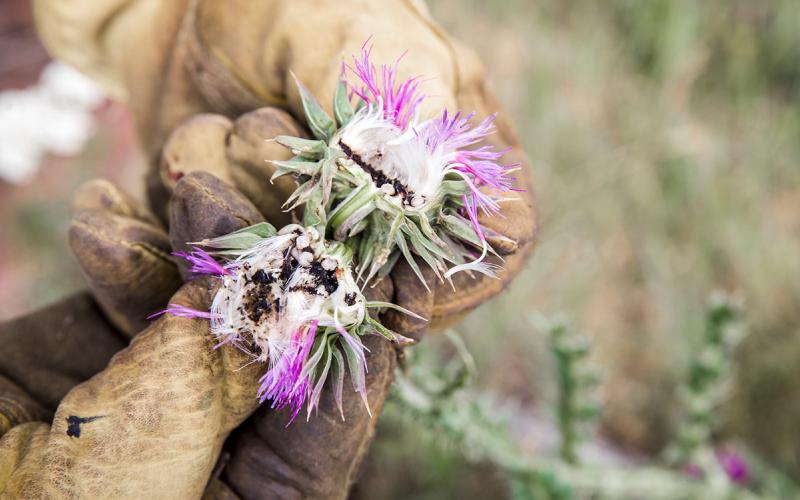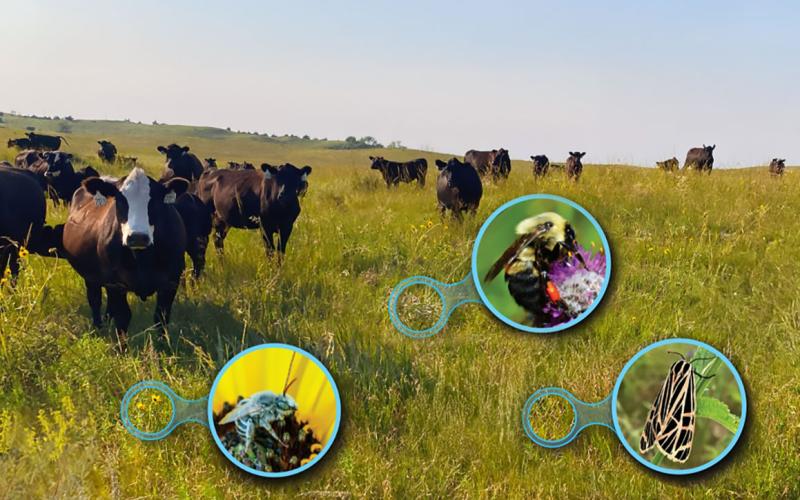Written collaboratively by Adam Varenhorst, Erica Varenhorst, Philip Rozeboom, Amanda Bachmann, Bradley McManus and Patrick Wagner
In South Dakota, grasshoppers (Orthoptera: Acrididae) are a commonly observed insect during the summer. Grasshoppers have the potential to cause substantial economic losses to rangeland as well as crops. In their study, Hewitt and Onsager (1982) estimated that grasshoppers consume approximately 21-23% of rangeland in the western United States, which translated to approximately $393 million lost each year. In 2025, that would amount to approximately $1.3 billion based on inflation. It is estimated that approximately 50% of South Dakota’s production acres, 24 million acres, are classified as rangeland (Jones and Johnson 2024). This indicates the importance of knowing which species of grasshoppers are present in South Dakota and what their population densities are within the state.
Acknowledgements
This publication was developed through funding from South Dakota State University Extension and the National Institute of Food and Agriculture, Crop Protection and Pest Management Applied Research and Development Program support through grant 2024-03471.


